This post is also available in: ![]() Português
Português
The Hunza Valley is probably the region we liked the most in the country. They have its own rhythm, culture and tradition, making every visitor fall in love with its extremely relaxing and hospitable atmosphere. For this reason, we prepared for you this Hunza Valley travel guide based on our experience in the region as well as on what we have heard and researched too.
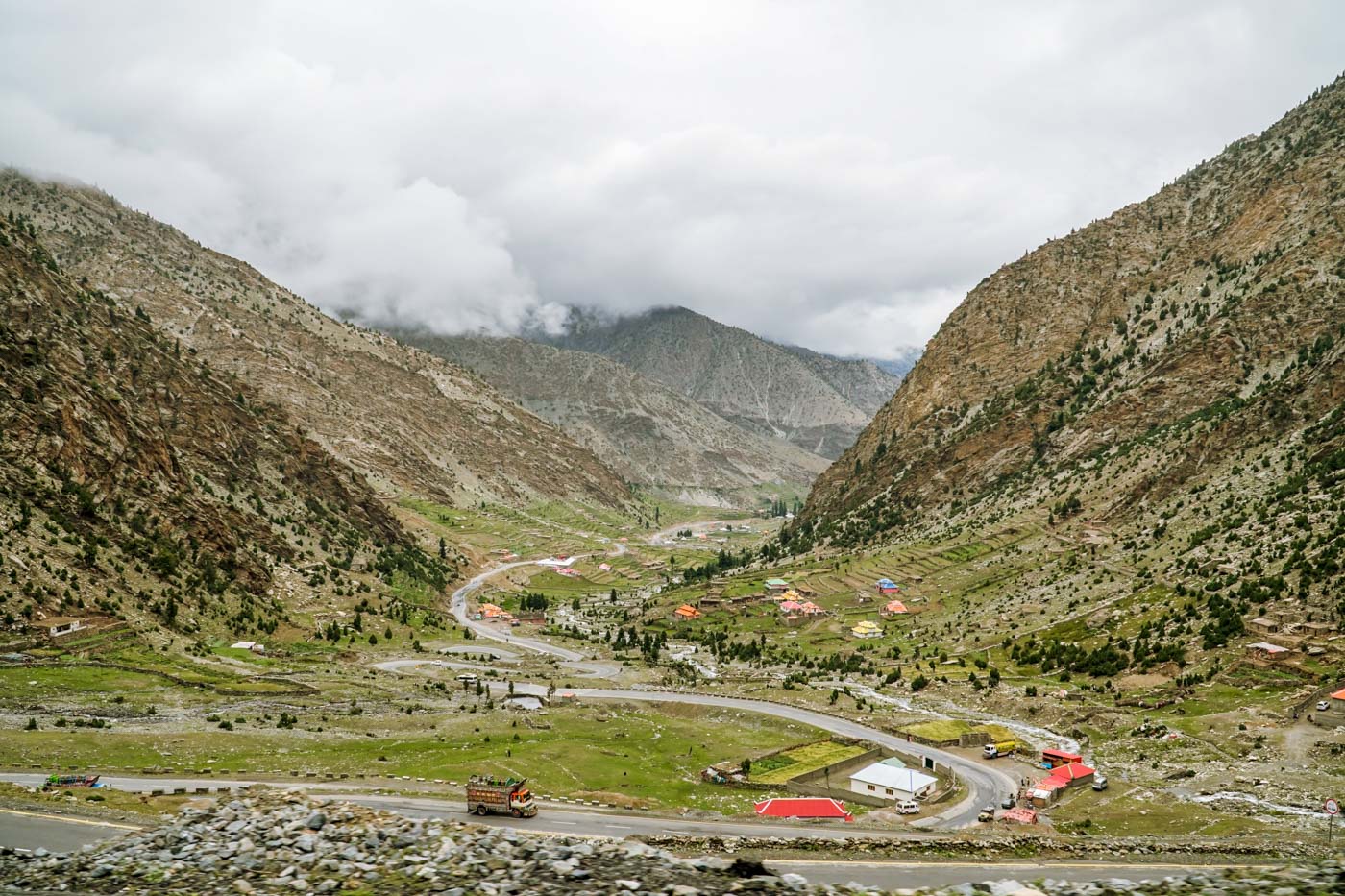
Where is Hunza Valley?
Have you been asking yourself where is Hunza Valley? Well, the Hunza Valley is in northern Pakistan, a mesmerising region quite different from the rest of the country. Just to be clear in the rather often question is Hunza Valley in the POK (Pakistan Occupied Kashmir)? No. Neither it’s in India.
Hunza is in the autonomous region of Gilgit-Baltistan. Some people say Gilgit-Baltistan is no longer autonomous and therefore is part of another region of the country, Khyber Pakhtunkhwa (KPK). But, we will not get into politics in here.
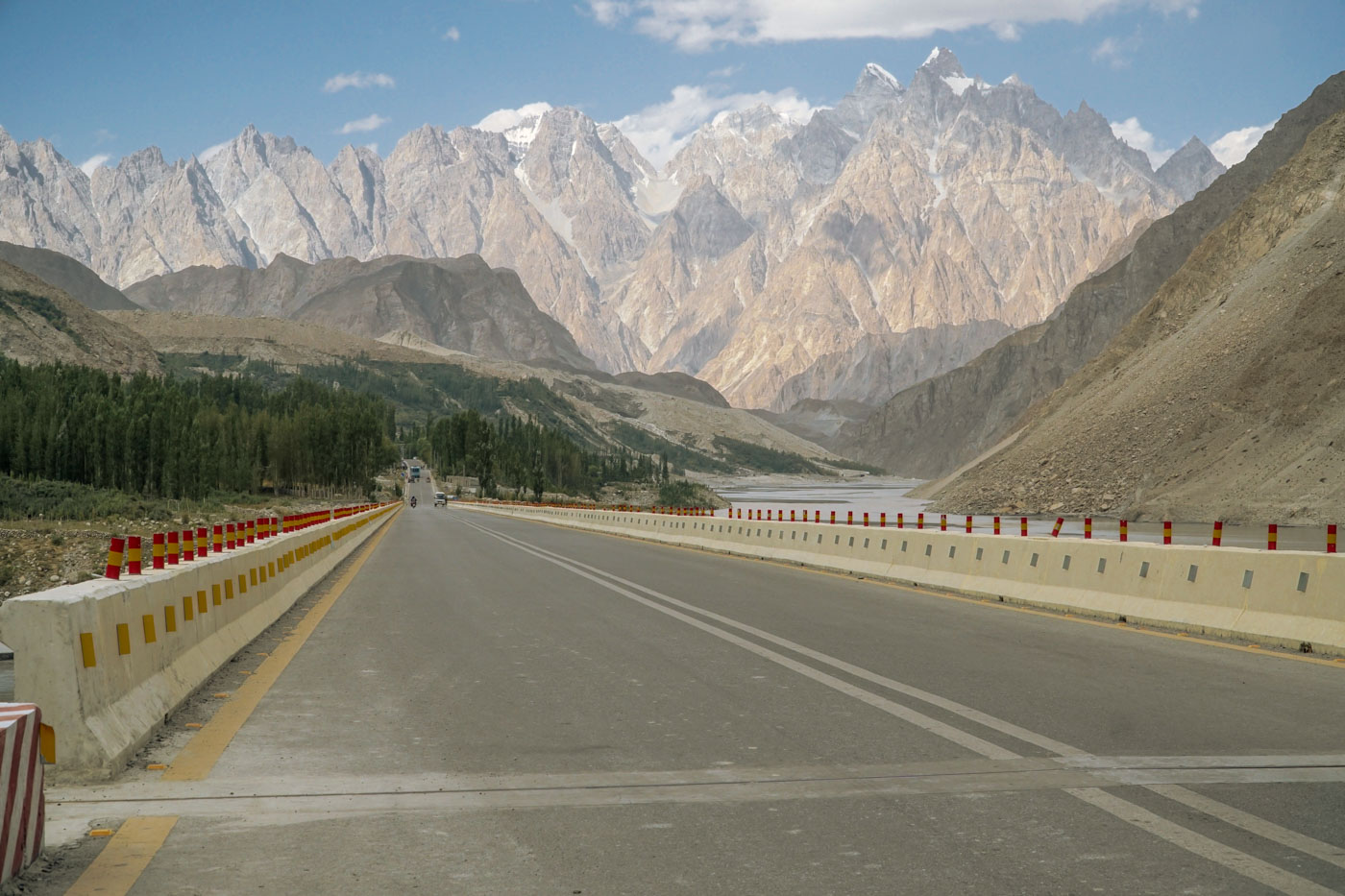
In the Hunza Valley, we found some of the most mesmerising landscape of the entire country. “Hunza is the Switzerland of Pakistan”, we heard more than once from the locals as well as from our Instagram followers that noticed the similarities. The assortment of snow peaked mountains makes up the view everywhere you go. At the same time, the winter can be merciless. The Hunza Valley weather changes drastically during these colder months and you do recommend you to avoid it – unless lots of snow and freezing temperature is exactly what you are looking for.
Religion in Hunza Valley
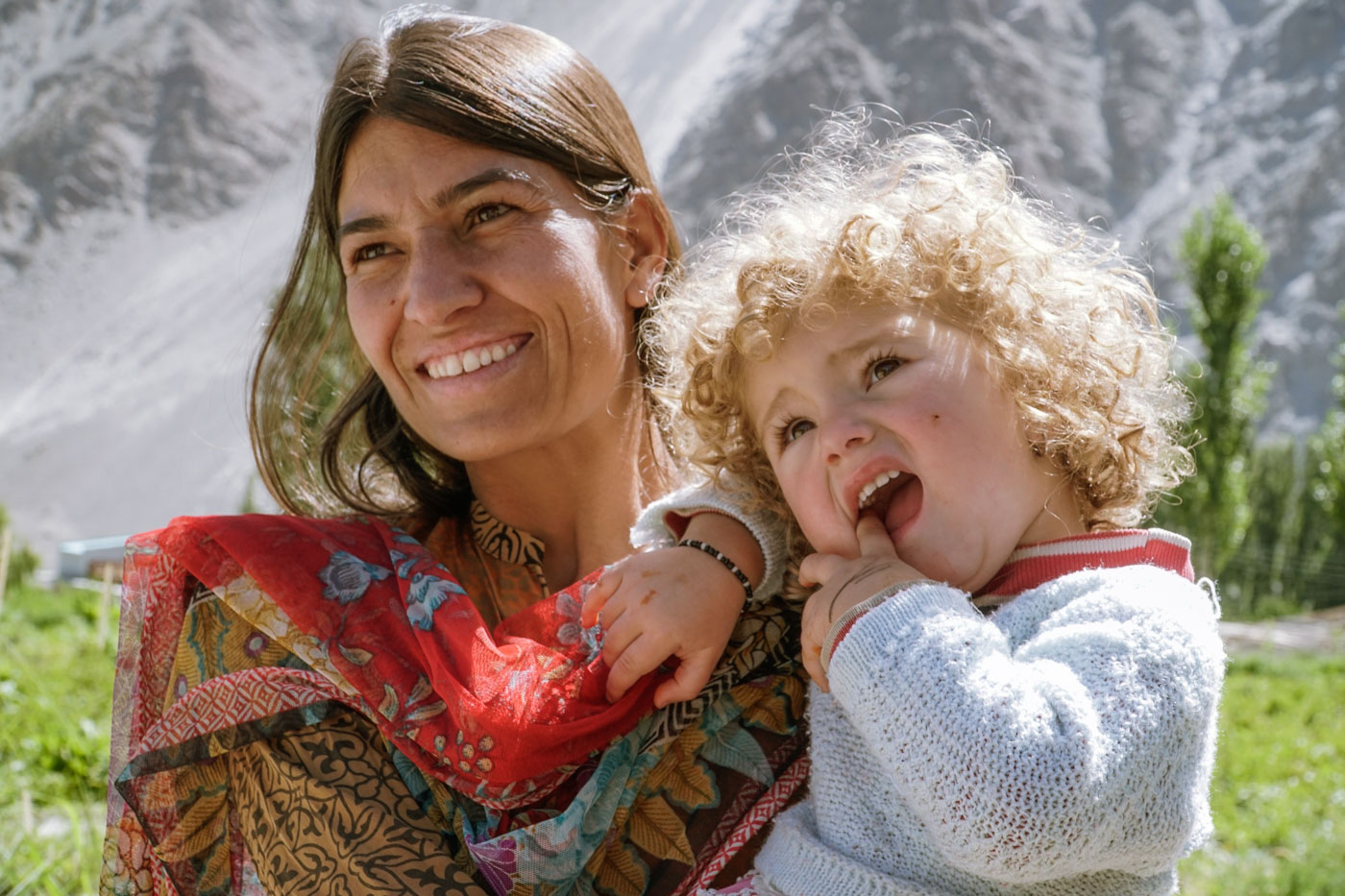
Unlike the rest of the country, the Hunza Valley people follow a different branch of Islam, the Ismaili. This branch is considered less conservative. Therefore, it’s more usual to see women not wearing the scarf on their heads, walking accompanied by other women only, driving or working. Unfortunately, in most regions of Pakistan, it’s rare to see women working or even just walking in the streets not accompanied by men.
We have never ever heard of the Ismaili Community before. What caught our attention about it, though, is that their spiritual leader is still alive and lives in France. His name is Aga Khan. He is behind many sorts of improvements of the education and infrastructure of the Hunza Valley as well as other parts of the world, such as Africa and Central Asia.
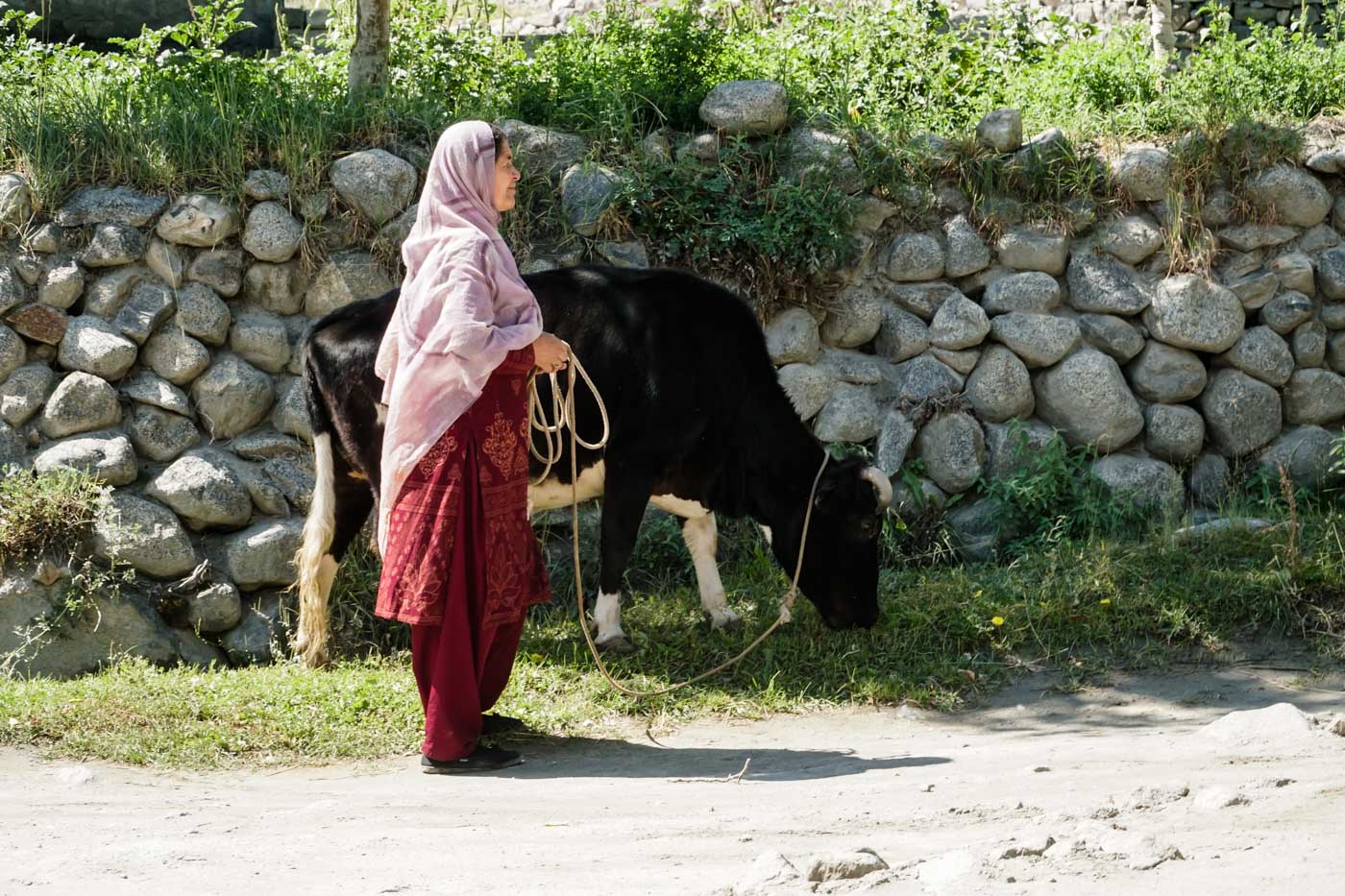
Because of these investments – and other reasons too – many people dare to say the Hunza Valley literacy rate is 100%. We actually visited some of the schools in the region to find out for ourselves if the statistic is real. But we found no official figures. However, during our visit to the schools, we couldn’t help but noticing boys and girls sharing the same classroom in a country that divides them by biological gender since primary school. “The co-education is of prime importance as it teaches men, from their early ages, to respect women as equals”, explained to us one director of the schools we visited.
Hunza Valley travel tour
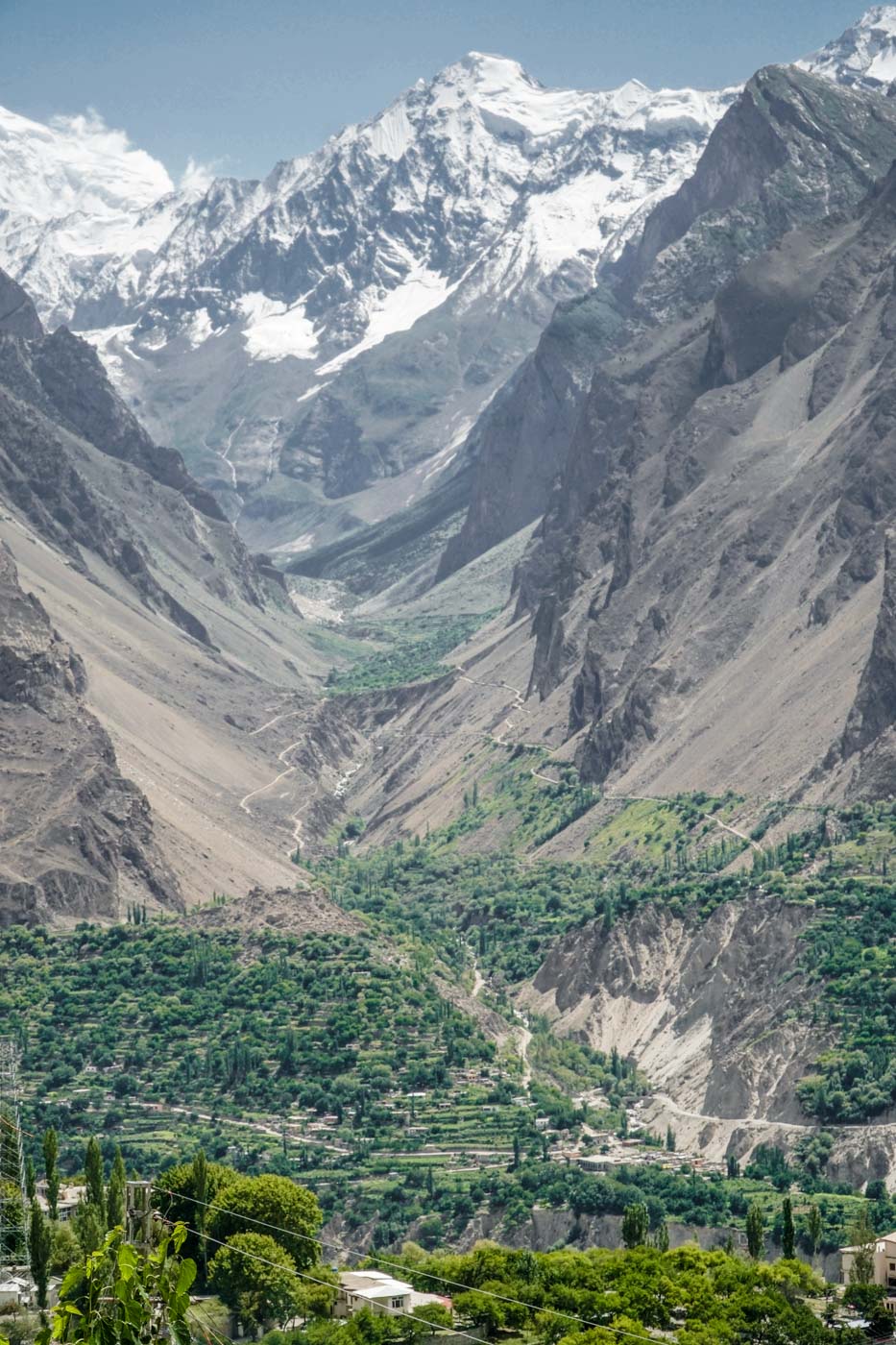
With so many qualities, it is no surprise that this region is quite popular even amongst people from Pakistan, who usually visit Hunza during their bank holidays. The few international tourists who make it to there also do not allow themselves enough time to get to know the main sights of the Hunza Valley. Not having enough time around this region makes you miss out on the most essential part of this trip, the interaction with locals.
“How many days to stay in the Hunza Valley?” you might be asking right now. Our main recommendation, then, is to save at least five days in Hunza. This way, you can enjoy the main tourist sights as well as the less known ones, plus wander through the villages, talk to the nice inhabitants who are always ready to offer you a cup of tea, watch a casual volleyball match in the main square of one of the villages and get into the pace of one of the most pleasant regions of Pakistan. Enjoy this Hunza Valley travel guide!
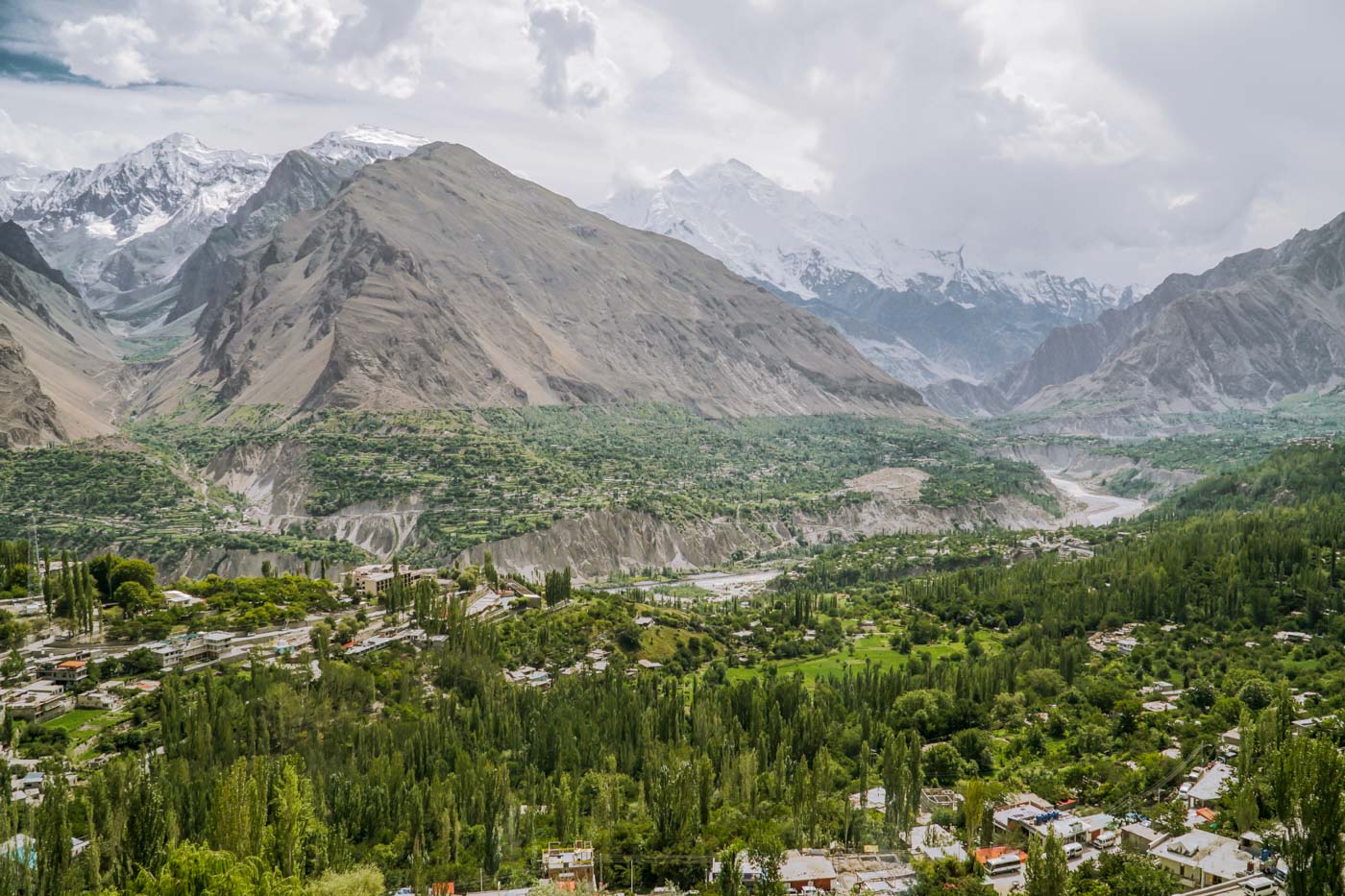
What to do – a Hunza Valley travel guide
– Visit the Attabad Lake
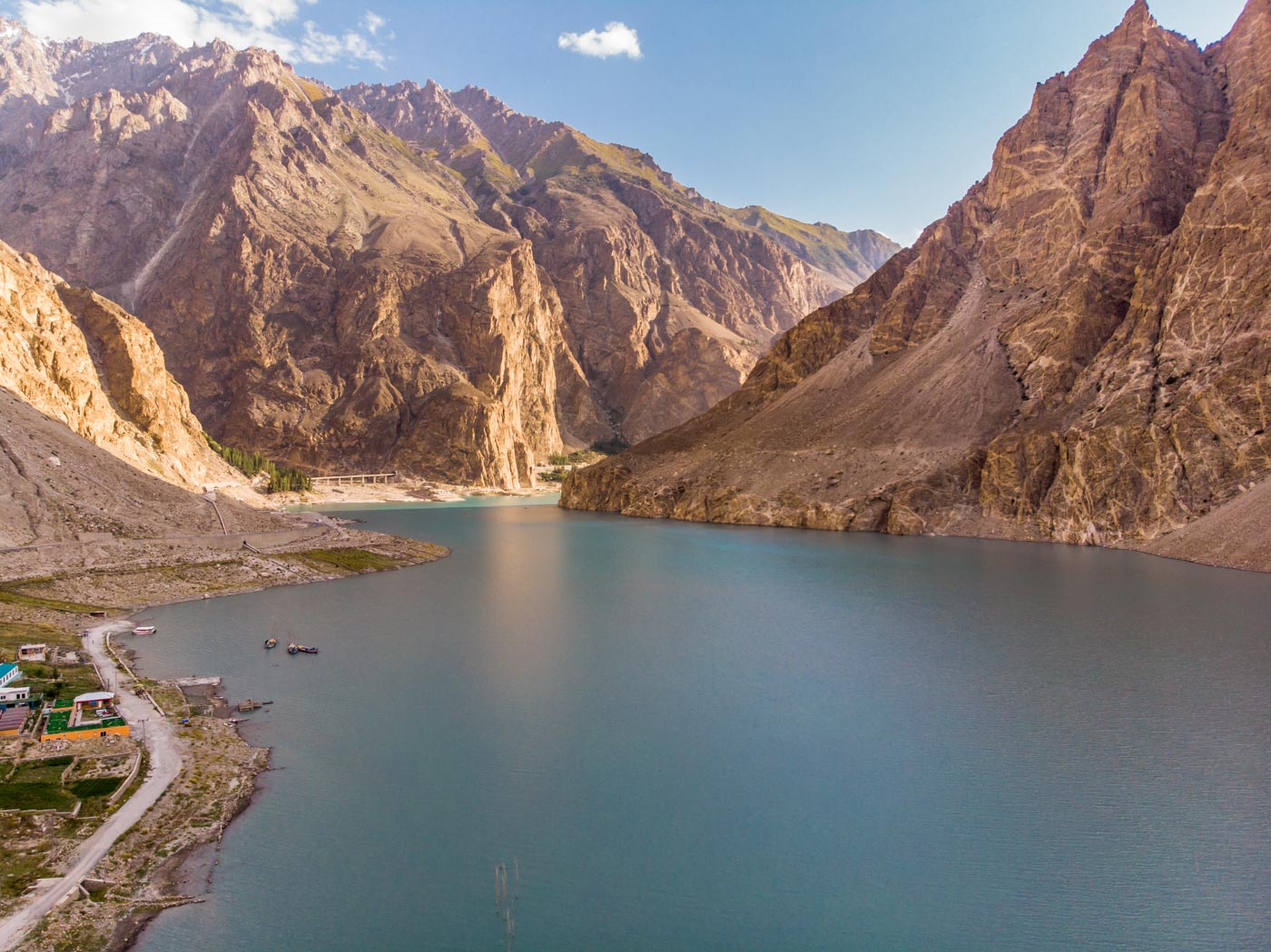
This turquoise blue lake is one of the main attractions of Hunza Valley, and surely one of the most beautiful places in Pakistan. However, what is most impressive is that this lake did not exist 10 years ago. It is a result of a landslide, which happened in 2010 and flooded the whole region.
As a consequence of the natural disaster, thousands of people were made homeless and another thousand was completely disconnected to the rest of the country, as the flood affected the only way of access to Hunza.
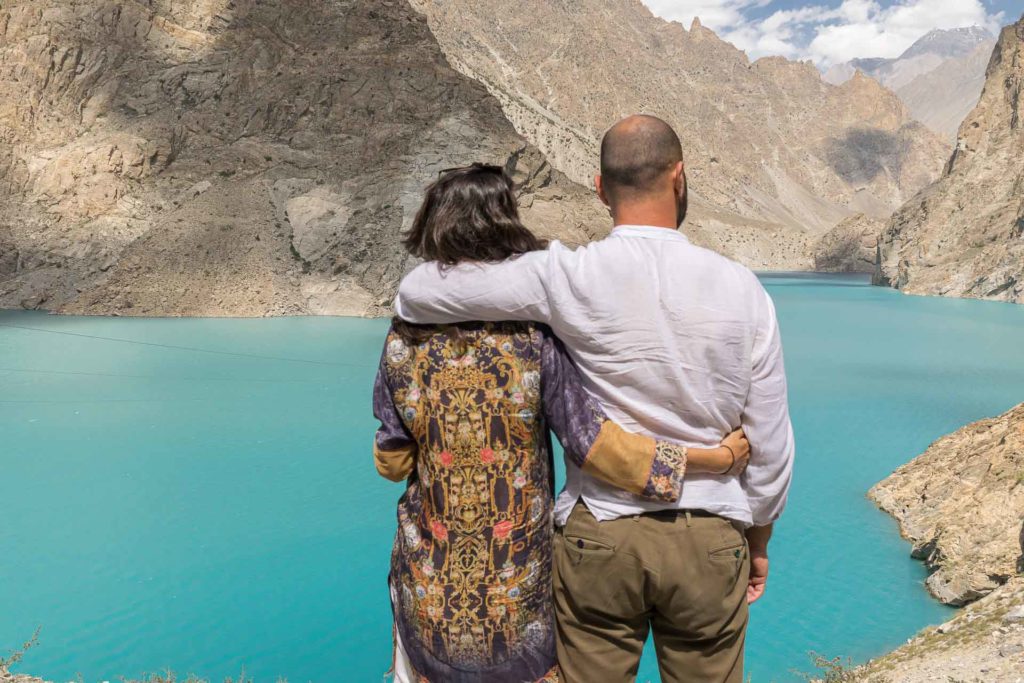
For years, let’s repeat – YEARS – the local population had to commute in boats and survived by the provisions sent by the Pakistani as well as the Chinese army. The outcome of this tragedy is one of the most beautiful lakes of Pakistan and have to be in your Hunza Valley travel guide.
– Climb up to the Eagle’s Nest Hunza
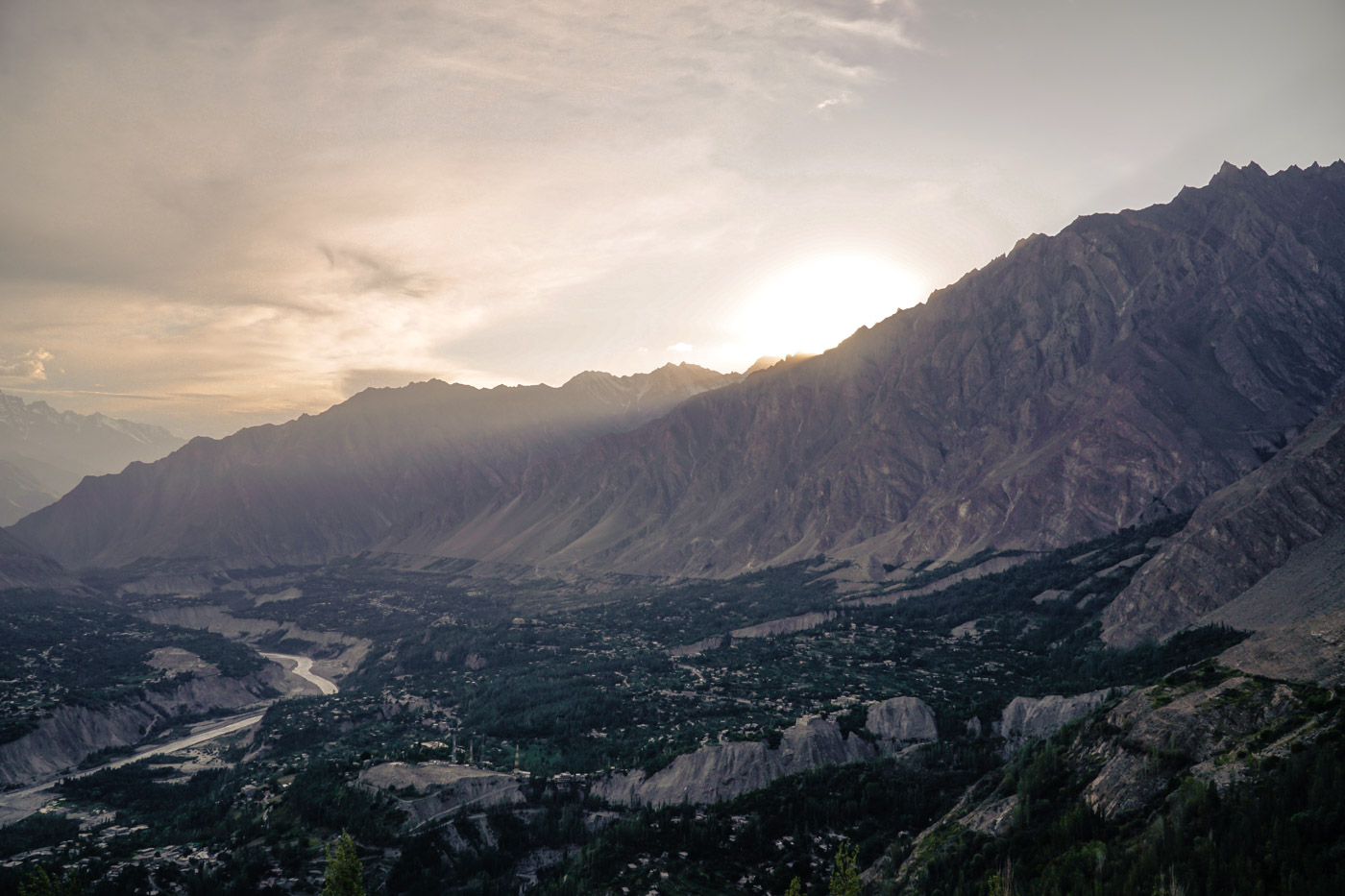
The Eagles’s Nest Hunza is a viewpoint that offers spectacular views of the Hunza Valley. It’s not to be mistaken with the hotel of the same name. The Eagle’s Nest Hunza view point is atop the Duiker Hill. You can drive to the car park near the hotel. From there, do a no more than 10 min easy climb to the top of the mountain. Another highlight of our Hunza Valley travel guide.
It is worth climbing up to the Eagle’s Nest at any time as the reflection of the sun rays in the mountains change your view of the landscape according to the time of the day. However, if your time is short on time and have to choose a specific slot to go over there, we recommend climbing up the viewpoint for the sunset.
– Visit Khunjerav Pass, the highest border in the world
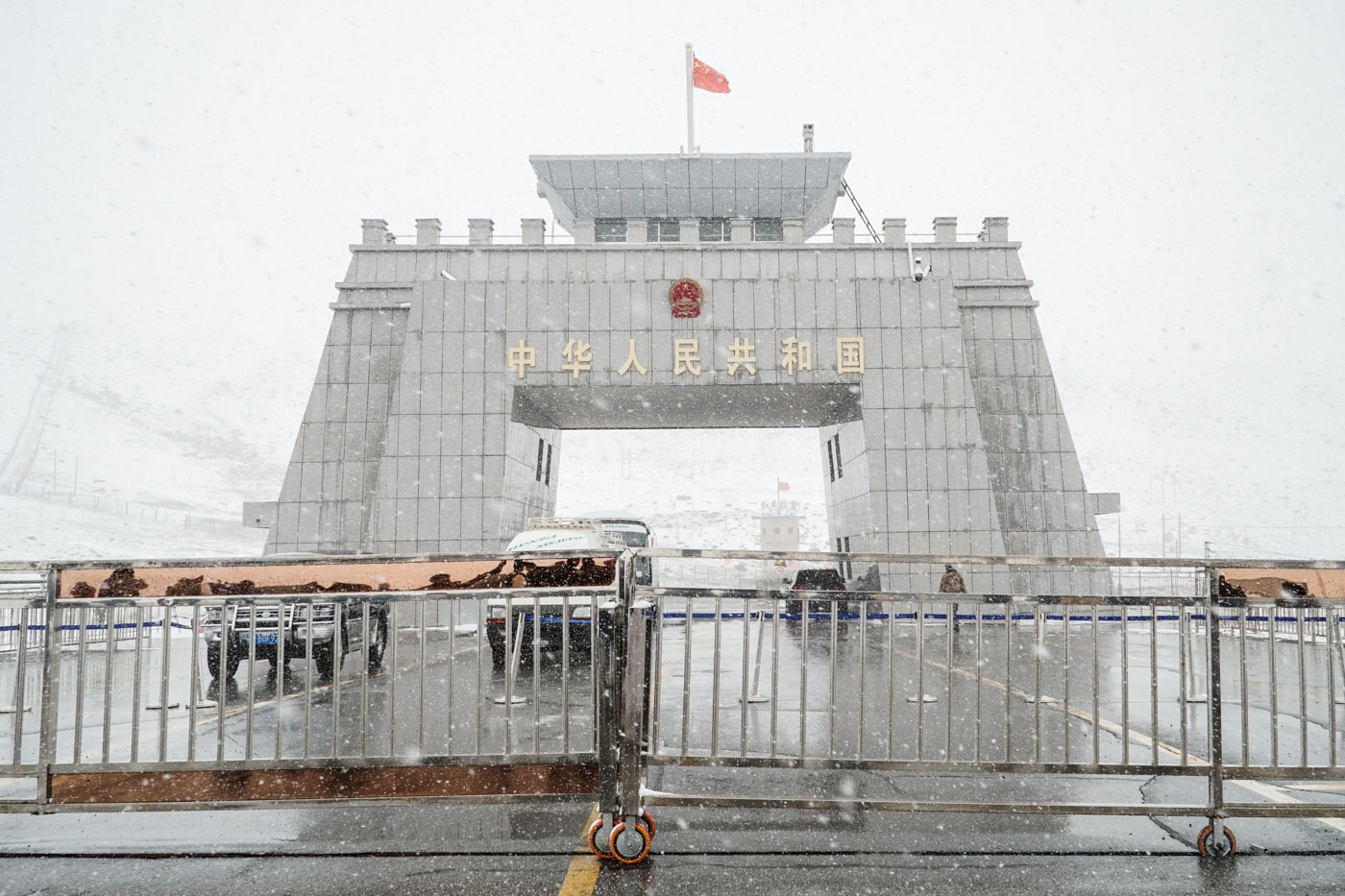
At 4600m high, the border between Pakistan and China, known as Khunjerav Pass, is one of the highest in the world. The road to the place is as pretty as a picture. Though, you had better prepare for the cold, due to the high altitude. We visited the Khunjerav Pass in August, mid summer of Pakistan, and were welcomed by a lot of snow!
An interesting point on the border between both countries is the self-proclaimed “the world’s highest ATM”, which wasn’t working when we were there.
– Cross the most dangerous bridge in the world
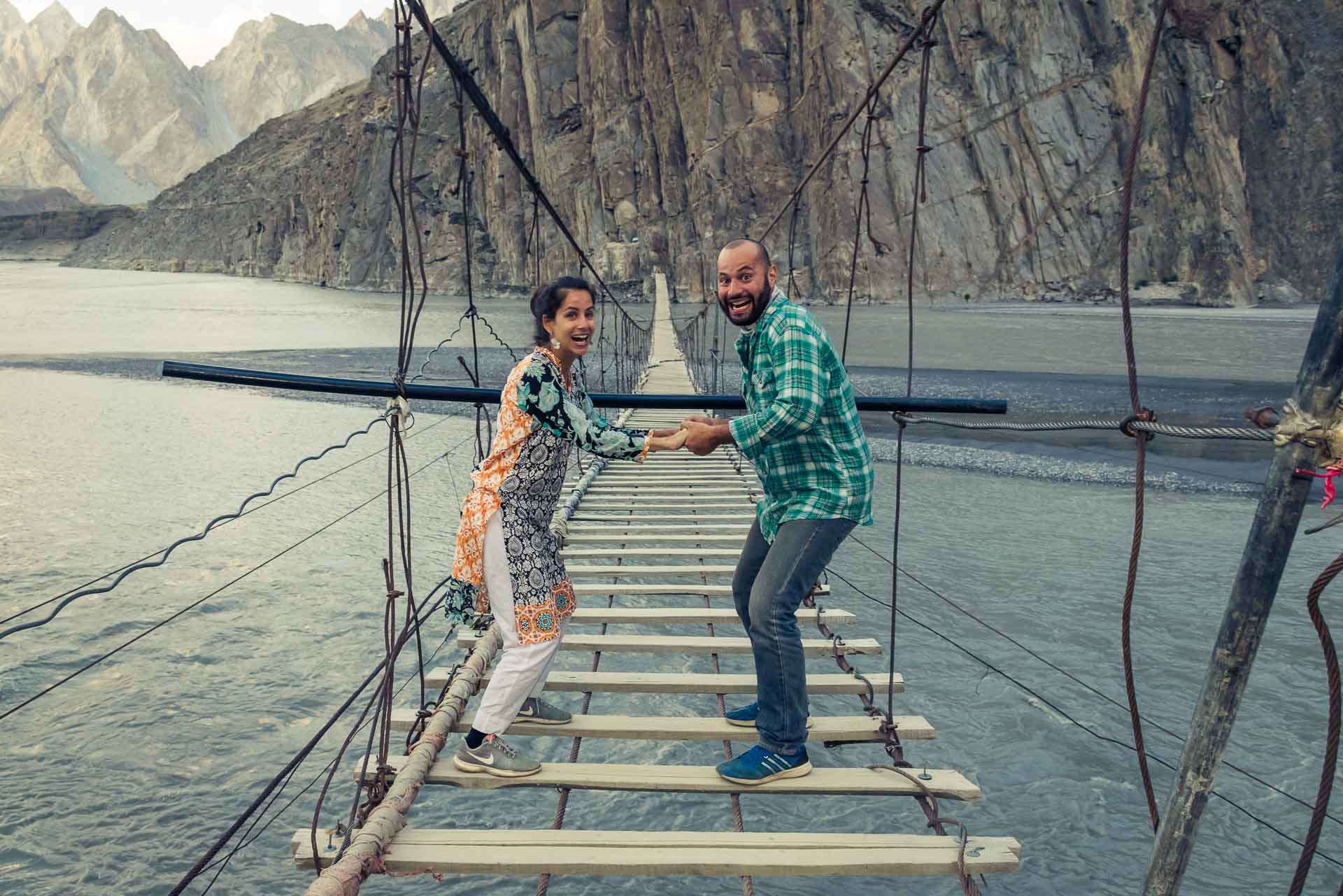
Hunza also houses one of the world’s most dangerous bridge, the Hussaini Bridge.
This suspended bridge – hung many meters above a relatively powerful river – scares many by its precarious look. When we visited the Hussaini Bridge, tourists were not allowed to cross it. However, we saw many locals coming and going from side to side of the river, almost like not caring by the fact that the bridge seems to be about to fall or collapse.
– Visit both forts of Hunza: Altit and Baltit Fort
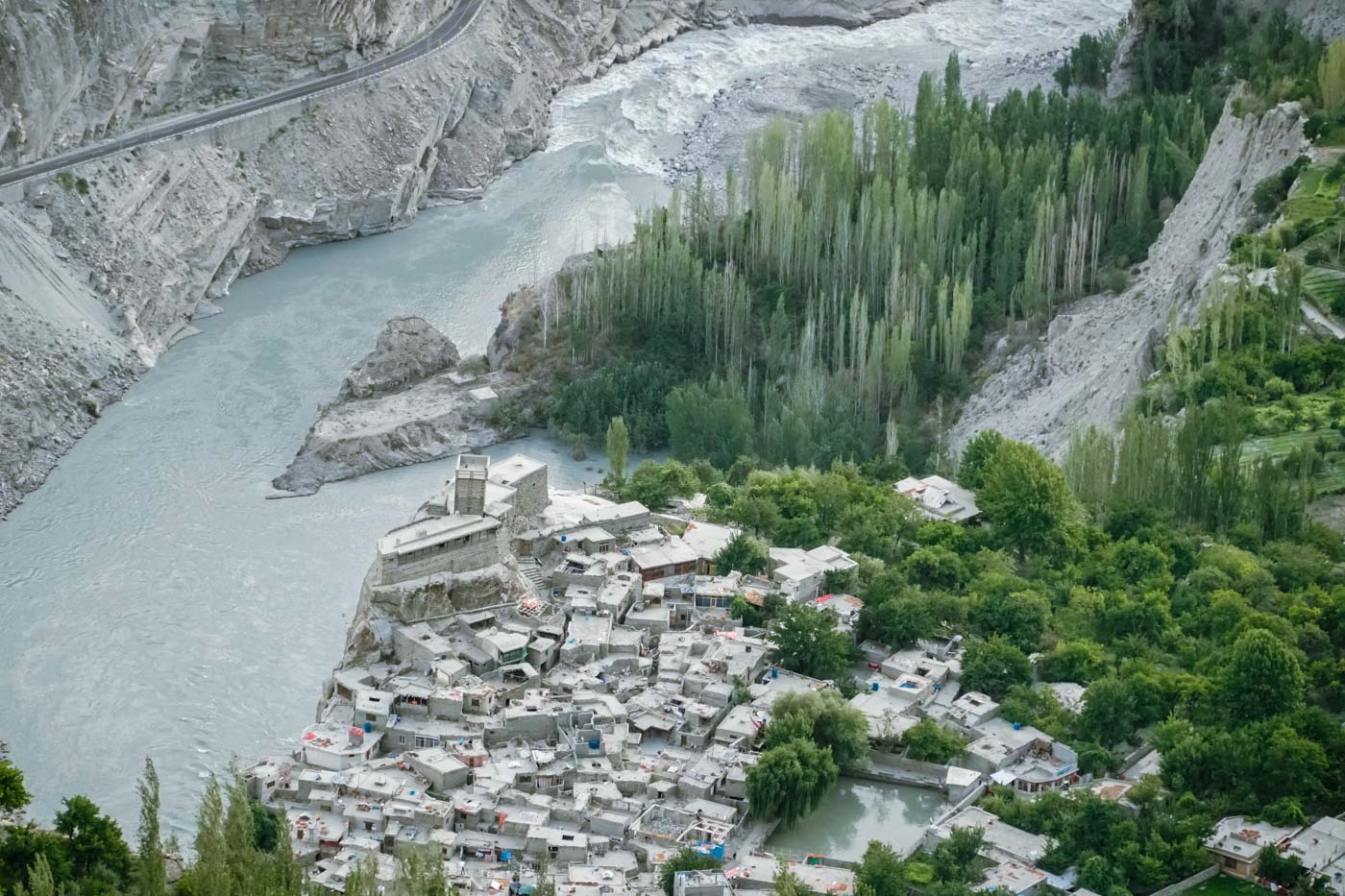
Baltit Fort and Altit Fort, built in the VIII and XI century respectively, are two forts in the Hunza Valley that served as a residence for the royal family.
Perhaps, the best way to understand the main differences between the Hunza Valley and the rest of Pakistan is the fact that this region had been an independent principality until 1974. If the history of Pakistan is something that interests you, a visit to both forts is surely a must!
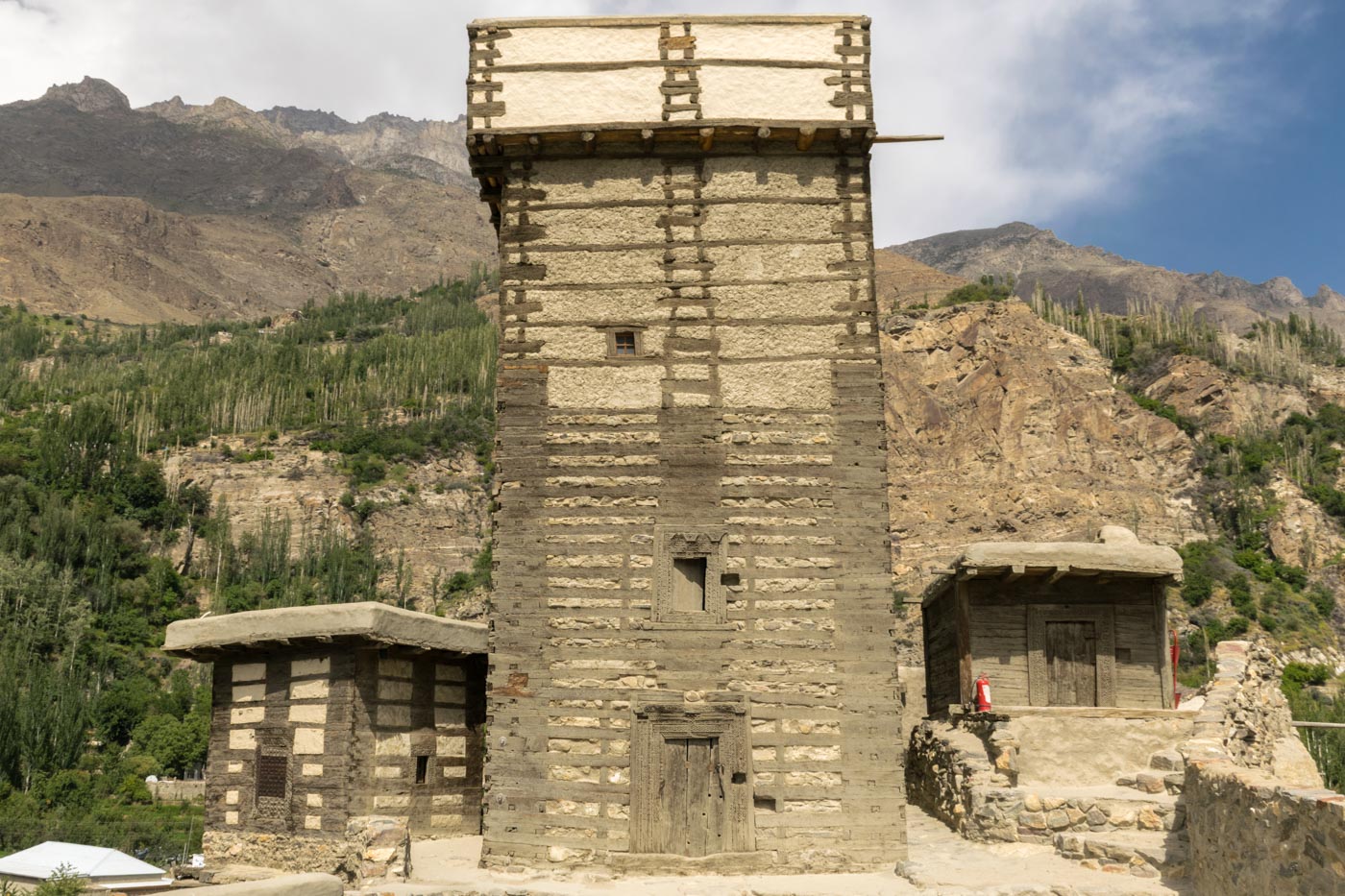
The enterprise is the result of a partnership between the Agha Khan Foundation – that person we mentioned in the beginning of the article – and the Norwegian Embassy of Pakistan. Upon your visit to the Altit Fort, you can ask for the local guides – all women – to explain you further about this project.
– Go to the Borith Lake
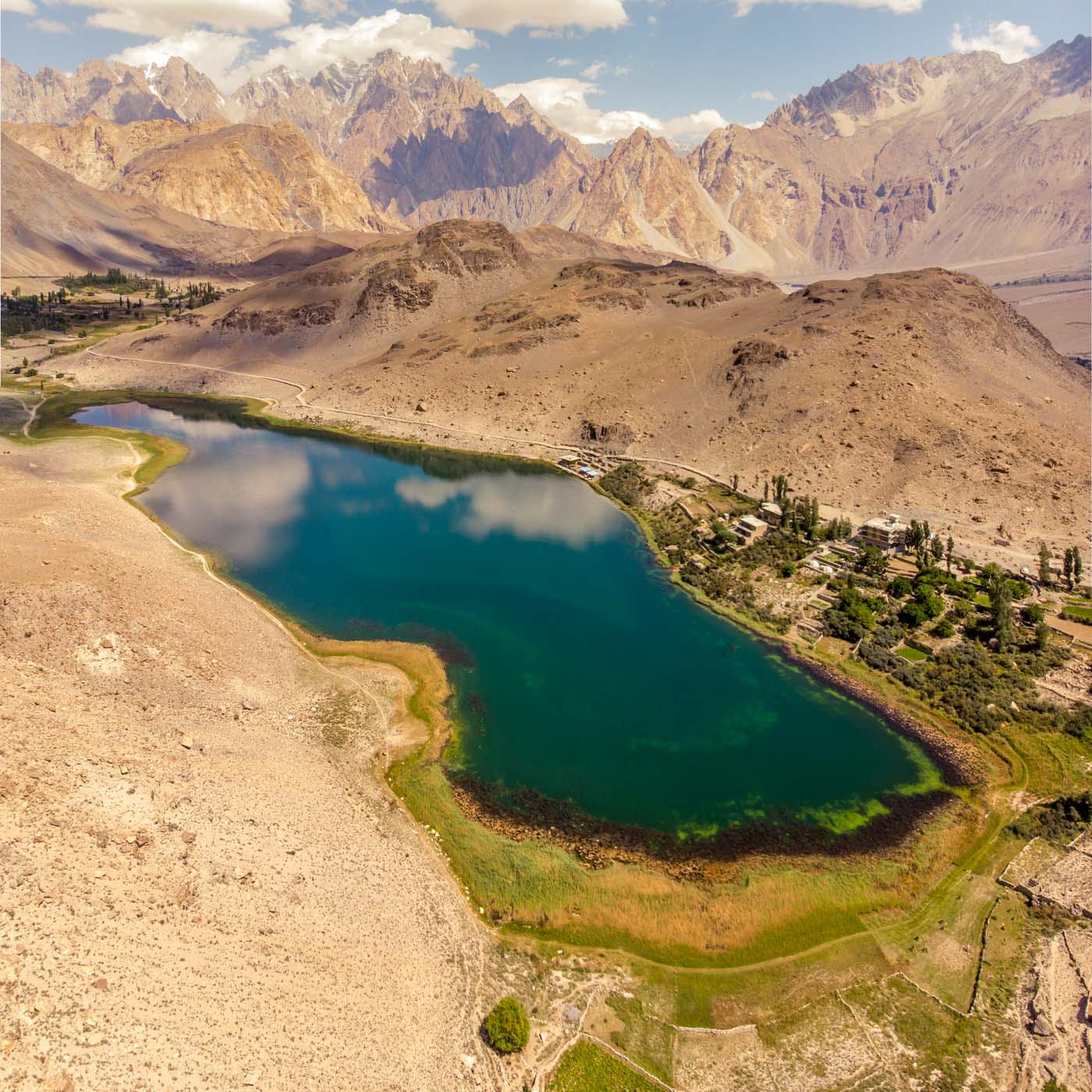
The majority of the people do not visit the Borith Lake. Perhaps, for either not knowing about its existence or for laziness really as you have to trek for about 30min in order to reach the place. It is true that, maybe, the lake is not as impressive as the Attabat Lake. Nevertheless, we still recommend you to visit it as we found it gorgeous and it has an incredibly relaxing atmosphere.
On your visit to the Borith Lake, don’t miss a walk through the local village. And get to know the rather nice inhabitants of there. If your spirits will be elevated, take the opportunity to go on a trekking to the glacier nearby.
– Explore some of the villages of the Hunza Valley
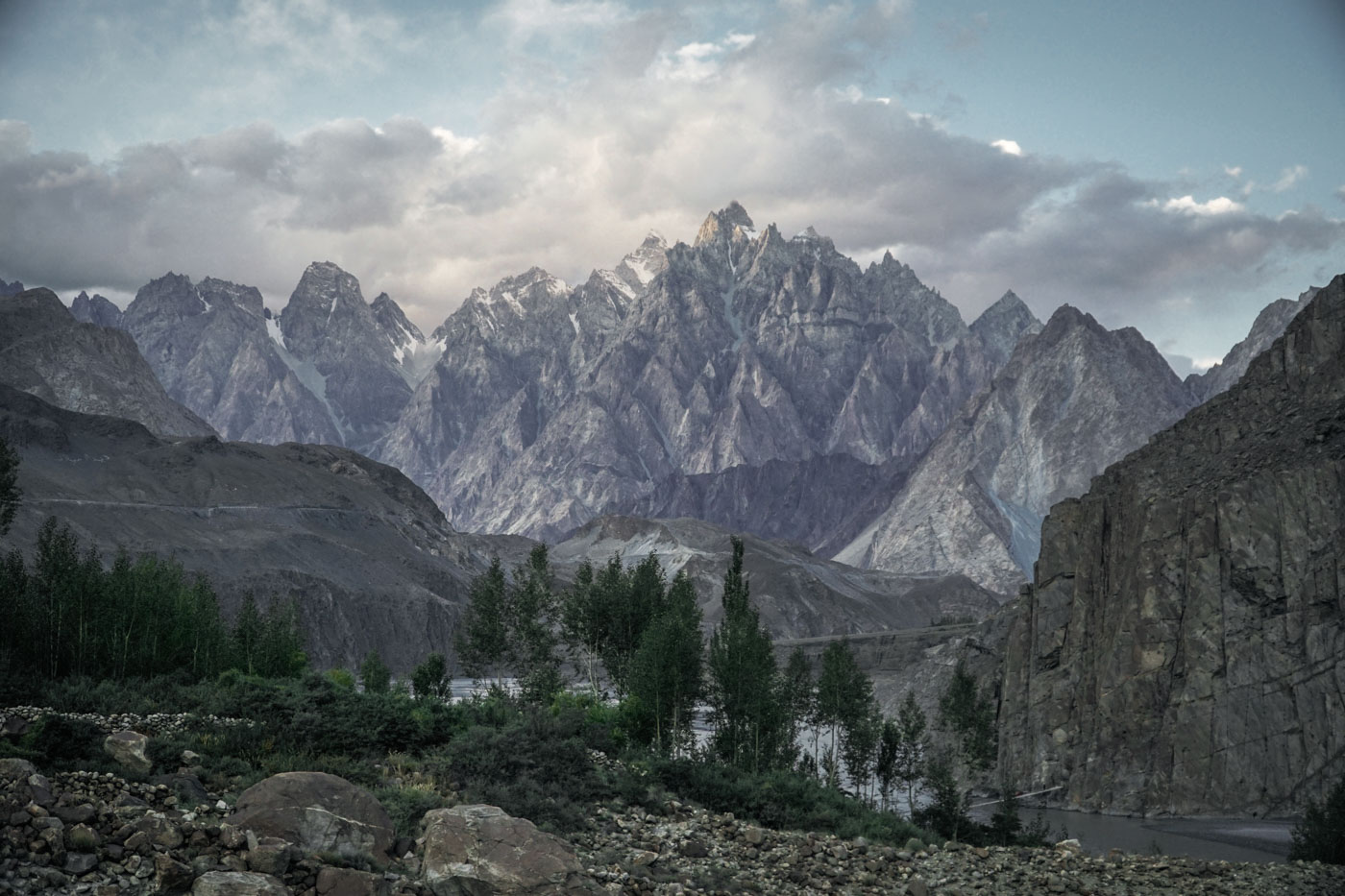
As we said previously, what we found to be the best of Hunza Valley is its inhabitants and the relaxing atmosphere of the region. The best way to experience these sides of the valley is to let yourself get lost through the villages and to be approached by the many lovely people ready to start a conversation with you.
As we stayed in Gulmit, we spent most of our afternoon wandering about there. But you can choose any village you want near you that you surely find the experience of just walk and talk very pleasantly.
– Eat, eat, eat…
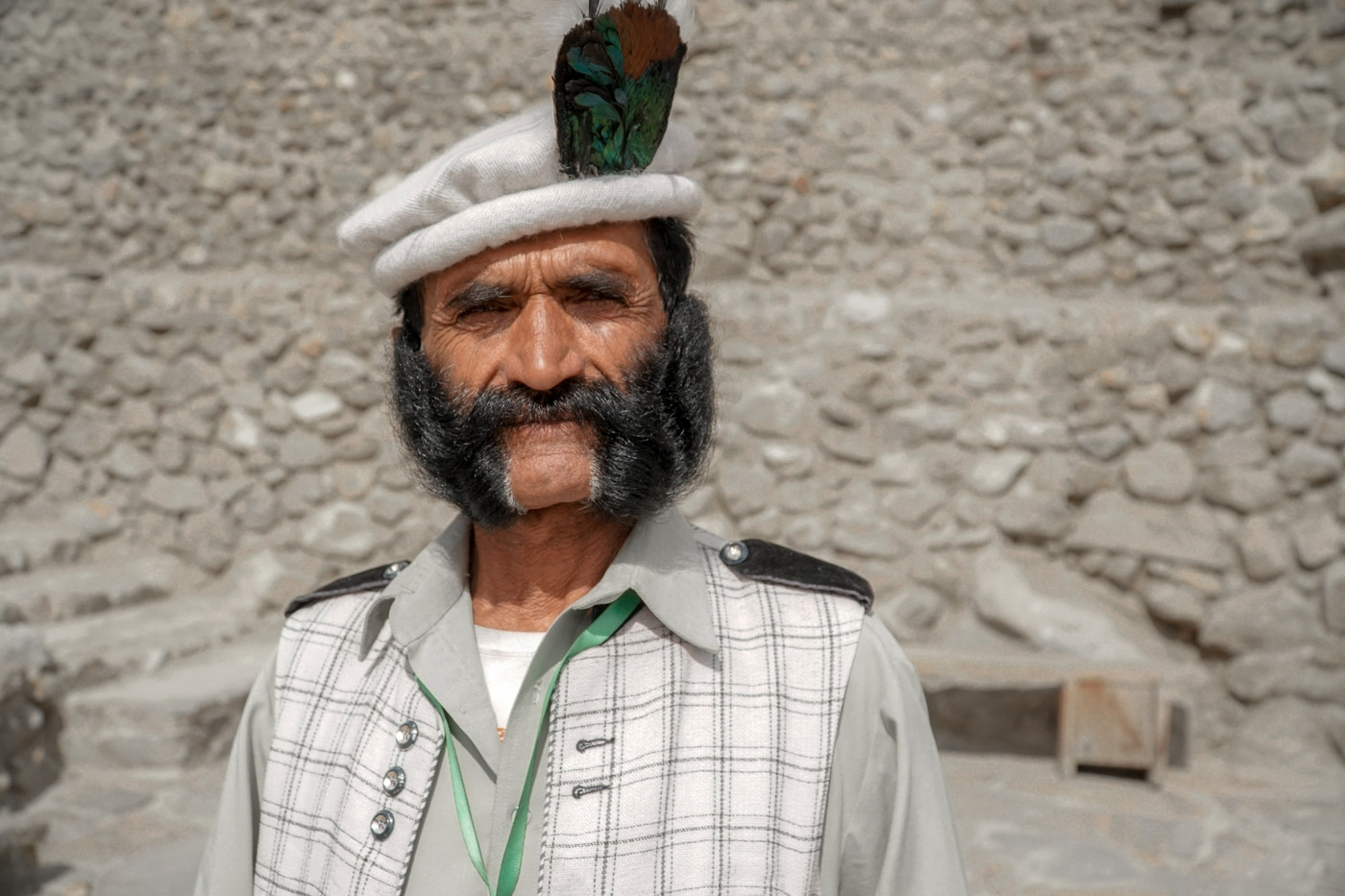
A Hunza Valley travel guide is not complete without a gastronomy tour. Hunza holds a legend that its population lives up to more than 100 years. The reason is from the quality of life they have as well as their diet based on organic food. We interviewed some of the people of the region to find out if the myth is true.
We were told that this used to be true, back in the days, but not any more as from the arrival of the many industrialised products. As a consequence of this change in the Hunza people diet, the life expectancy of the Hunza people decreased considerably and just a few of them make it to 100 years old now.
Yet, you will eat a lot better in Hunza than in anywhere else in Pakistan. So, don’t forget to try out absolutely everything you can, from organic fruits to honey, yak meat, vegetables and even the prominent Salajeet. This is a local product – sometimes in liquid format to mix with your tea, sometimes as a sort of gum to mix with your food – made of the extraction of minerals of a particular rock and it promises to be aphrodisiac.
Hunza Valley hotels – where to stay in Hunza
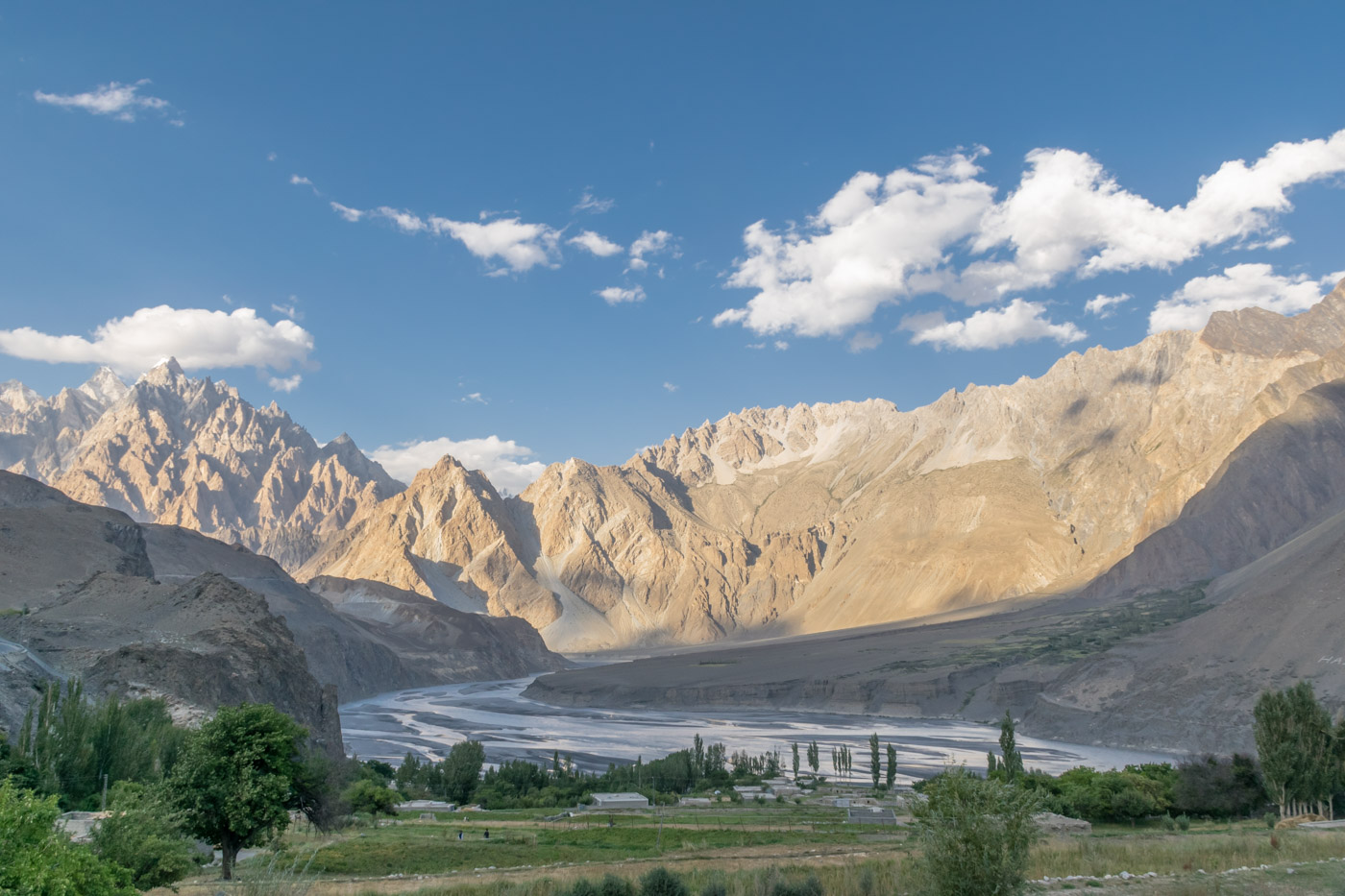
There are many options of accommodation in the Hunza Valley. We stayed in a guest house called Gulmit Tourist Inn, located in the Gulmit village, obviously. The Gulmit Tourist Inn bedrooms are simple, though very comfortable (you can check their availability and prices here). It’s a family owned establishment and they are incredibly hospitable.
We were filming a documentary in Pakistan about the women of the country. Our goal in Hunza was to find an over 100 years old lady who could explain to us how it was possible that the life expectancy of the Hunza’s population was higher than the rest of the country. The Gulmit Tourist Inn family didn’t just found us the lady. They also helped us with the translation as she only spoke a local dialect. Thank you again!!! Talking to her was definitely insightful, both professionally and personally to us.
Booking.comHow to get to Hunza Valley
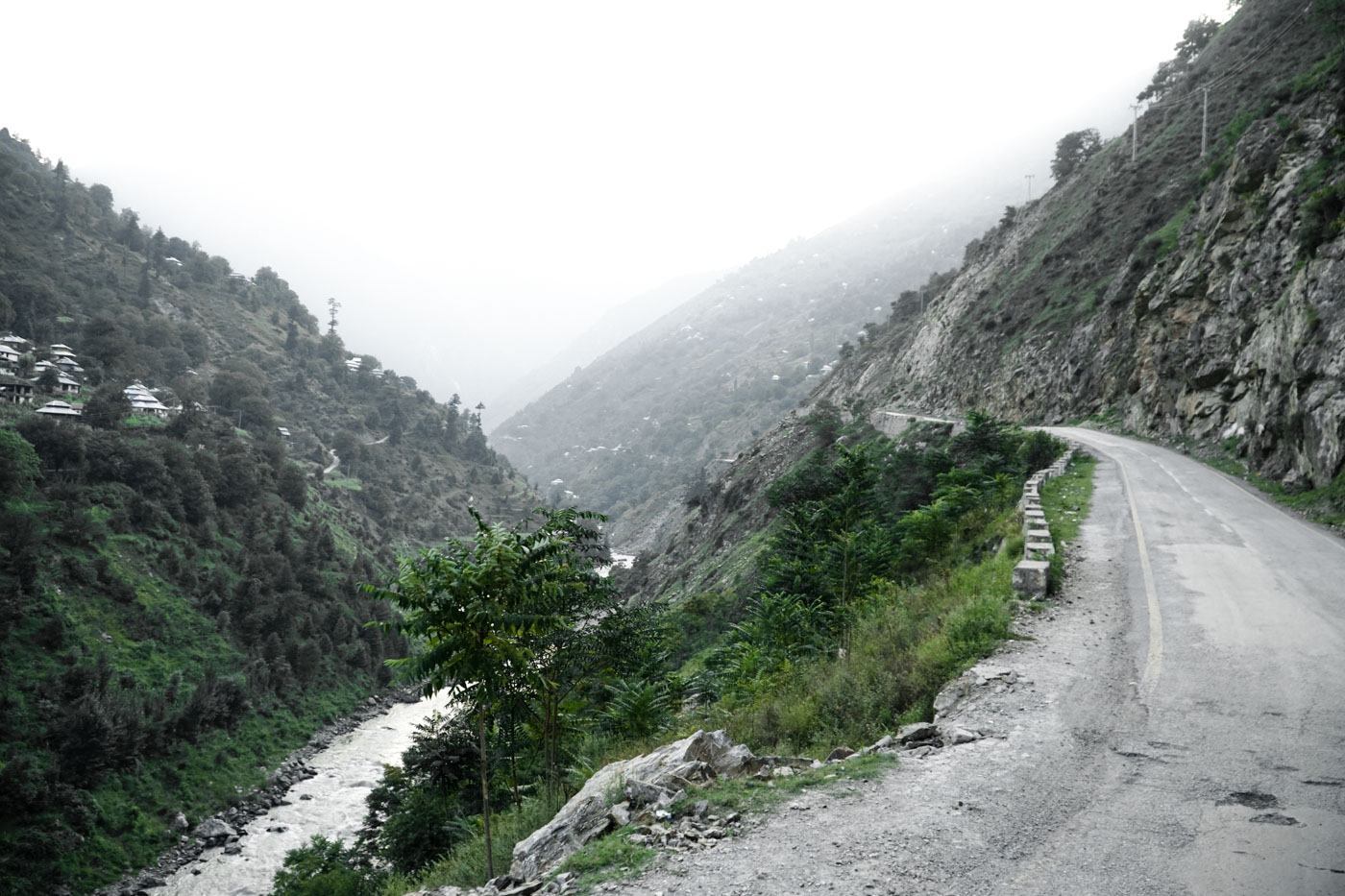
As we said, Hunza Valley is in the north of Pakistan, in the autonomous region of Gilgit-Baltistan. This is an extremely mountainous region, which makes your trip to there a lot longer than you think it would be. Depending of where you are, it might take over a day.
The best way to go to Hunza is taking a bus or train to the capital, Islamabad. And then a bus to Gilgit, which is the capital of the Giltit-Baltistan region. From Gilgit to Hunza, you can either take a taxi or a minivan to your hotel.
The turns of the road to Hunza are extremely sharp. If you normally have road sickness, don’t forget your pills. No jokes! The soundtrack of our bus, both on the way to and back, was “ugh” every now and again. That comes from the vomit of the people. I know how unpleasant you are feeling right now, but what is the purpose of a blog if not to prepare you for the reality! 😉
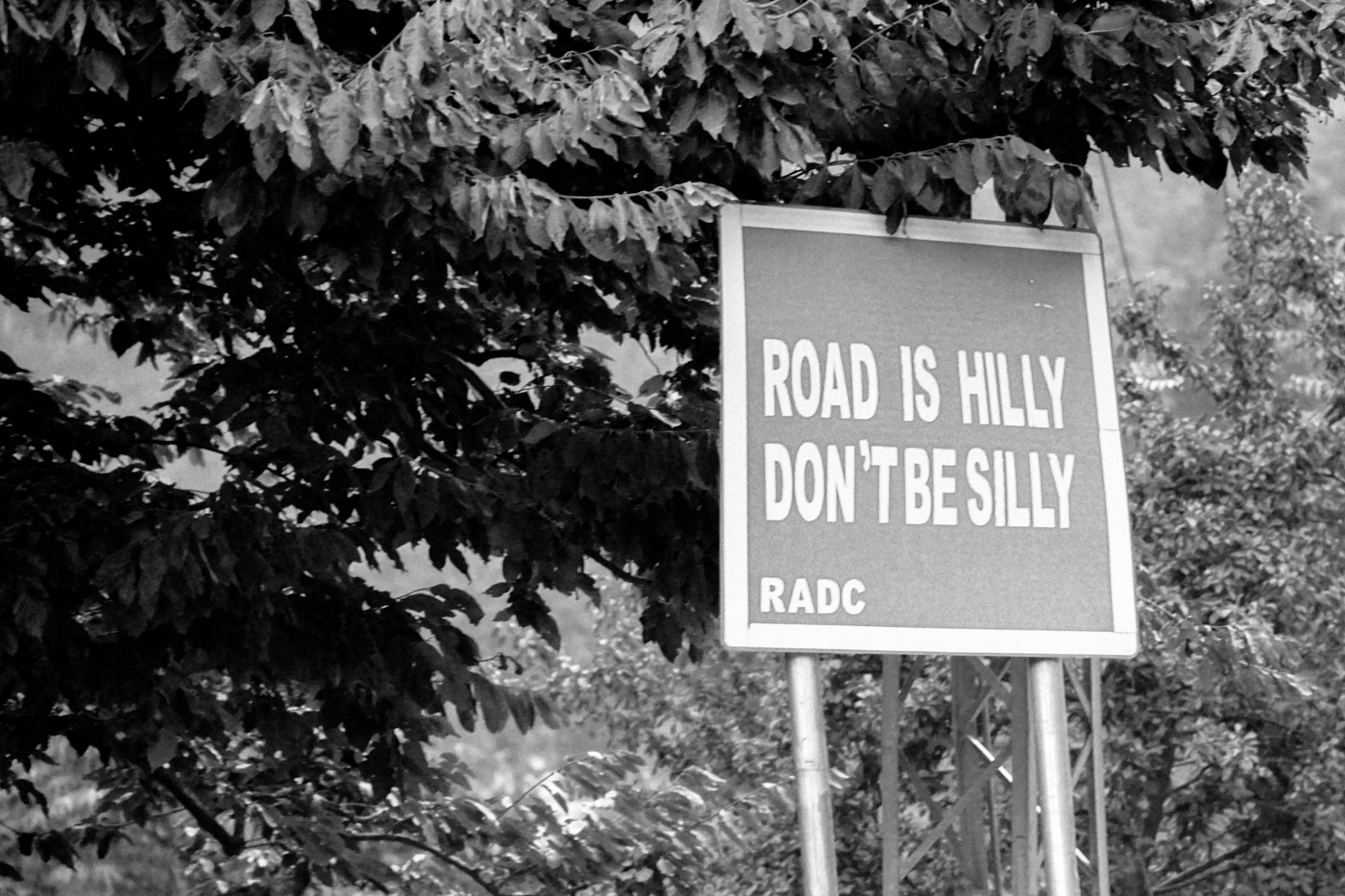
Our trip to Hunza
Our trip to Hunza was organised by Magellan Travels. They are a travel agency in Karachi focused on the northern areas of Pakistan. During the whole trip, we were accompanied by a guide provided from the Magellan Travels, the awesome Zaheer. He didn’t just guarantee we had a stress free time, he actually became a friend.
The infrastructure of Pakistan might not be of high standard. Don’t forget the country has only 70 years of existence. And finding people who speak English outside the main cities can be a challenge. Moreover, the departure time of buses and trains change with no early warning. Also, you might find yourself stopped at some of the many police check points along the way. To have Zaheer with us during this time was essential to avoid any issues. Particularly with the army, that eventually asked for some sort of printed authorisation or whatever it was they wanted.


